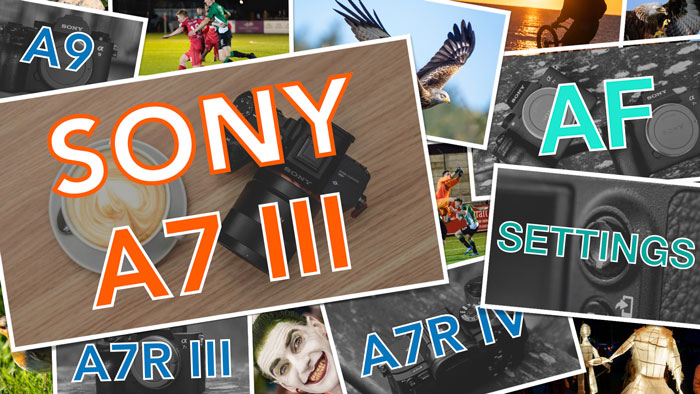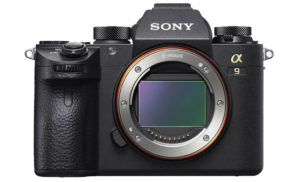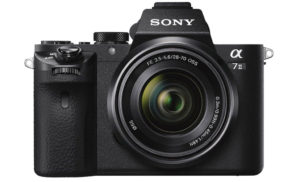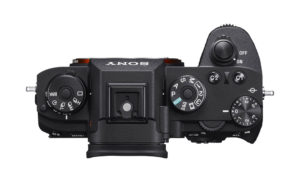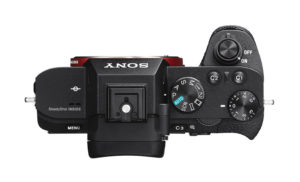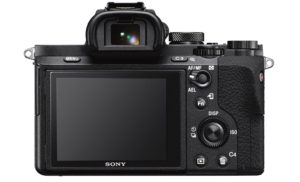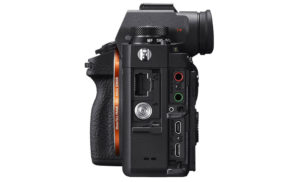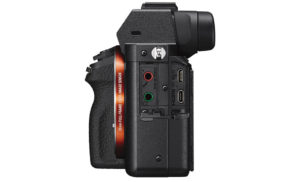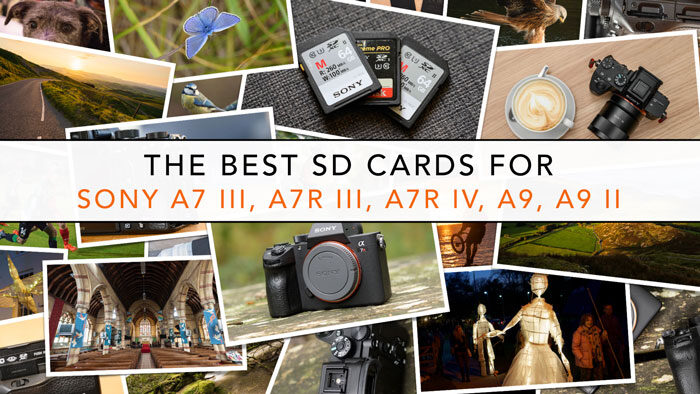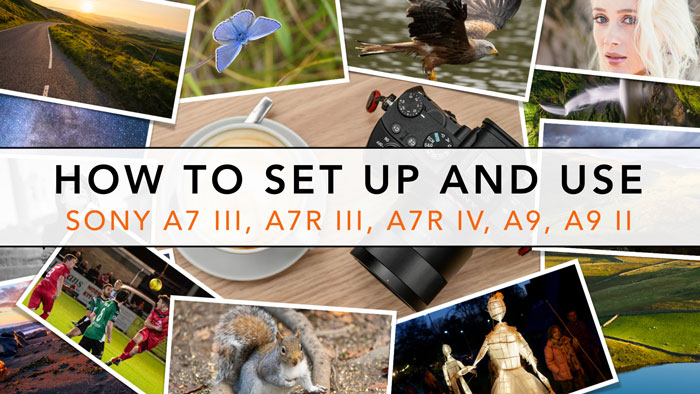Sony’s camera division has been growing rapidly since it inherited part of Minolta’s technology and know-how back in 2006. Despite having released many DSLRs, DSLTs and mirrorless cameras, nothing has quite drawn the attention of the photographic community like the A7 series, its full-frame mirrorless system, which was first introduced in late 2013.
Just recently Sony announced the A9, a third generation camera that positions itself above the A7 series and takes the title of the flagship E-mount camera. It offers the most complete mirrorless package for advanced and professional photographers seen thus far from Sony.
As usual on this website, we are in the process of preparing several “comparison previews” that explain in a simple way how the new A9 camera compares to other mirrorless cameras on the market, starting with the Sony family. We’ve already compared it to the A7r II, a6500 and A7s II, and now it’s time to look at the A7 II – the camera that can be called a balanced middle ground between the superb video oriented performance of the A7s II and the higher resolution of the A7r II.
How do the two cameras compare? Let’s find out!
Sony A9 comparison previews:
A9 vs A7r mark II – A9 vs A7s mark II – A9 vs a6500 – A9 vs A99 mark II
Ethics statement: The information supplied in this article is based on the official specifications, the press release found on the Sony website and our personal experience with the A7 series. If we get the chance to test the two cameras side-by-side, we will publish a full comparison. We were not asked to write anything about these cameras, nor were we provided any compensation of any kind. Within the article, there are affiliate links. If you decided to buy something after clicking the link, we will receive a small commission. To know more about our ethics, you can visit our full disclosure page. Thank you!
1. 35mm format sensor
Both cameras feature a full frame/35mm format sensor with 24 megapixels but the technology behind these two chips is different.
The A9 introduces the world’s first full-frame stacked sensor (Exmor RS) which includes a physical memory to process more data. This hardware structure was first introduced in the RX100 mark IV and RX10 mark II (1-inch compact/bridge cameras). Behind the back illuminated pixel panel, there is an integral memory and a Hi-Speed circuit. Combined with an updated BIONZ X image processor, the A9 is capable of processing information 20 times faster than previous A7 cameras. This allows the new camera to improve several key specifications of its performance as we will see below.
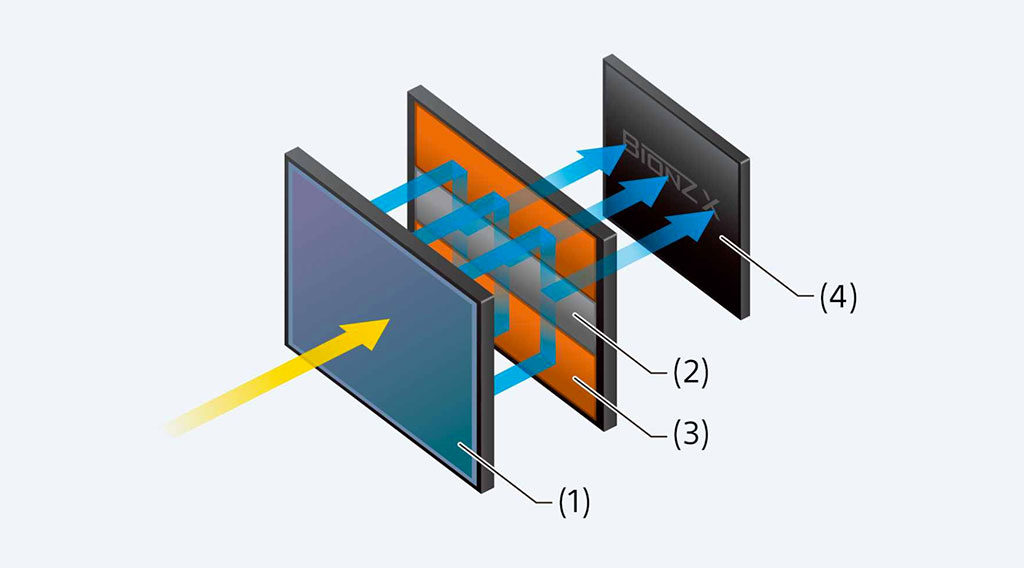
(1) Pixel area
(2) Integral memory
(3) Hi-speed signal processing circuit
(4) Image processing engine
The A7 mark II uses an older 24MP Exmor sensor similar to the one found on the first A7 camera released in late 2013.
The new A9 has better ISO performance thanks to a native range of 100 to 51200 ISO. You will also find extended values of ISO 50, ISO 102400 and ISO 204800.
The A7 II can go from 100 to 25600 ISO with an extended pull 50 option.
The two cameras can record compressed or uncompressed RAW files (14-bit). Note that for the A7 mark II, a firmware update is required (version 2.0).
2. Electronic shutter
Let’s start by saying that the A7 mark II doesn’t have an electronic shutter option but it does have an electronic first curtain mode. The A9 features both and is the most advanced Sony camera when it comes to electronic shutter capabilities.
Thanks to the stacked sensor technology, the camera improves the performance of the electronic shutter in many ways. For example, it pushes the maximum shutter speed up to 1/32000s and the continuous shooting speed up to 20fps. Of course you also get a completely silent mode unlike the A7 II.
The electronic shutter sounds nice but until recently, distortion and rolling shutter have been a big issue when shooting fast moving subjects or panning quickly with the camera. The A9 uses an anti-distortion shutter (similar to the one found on the RX100, RX10 series) which means that the sensor readout should be fast enough to minimise rolling shutter for stills (early hands-on reviews suggest that it is still present, though more contained in comparison to previous models when recording video). With the A9, Sony is aiming at sports photographers so obviously this will be a key feature to test.
Note: you can learn more about e-shutter technology here.

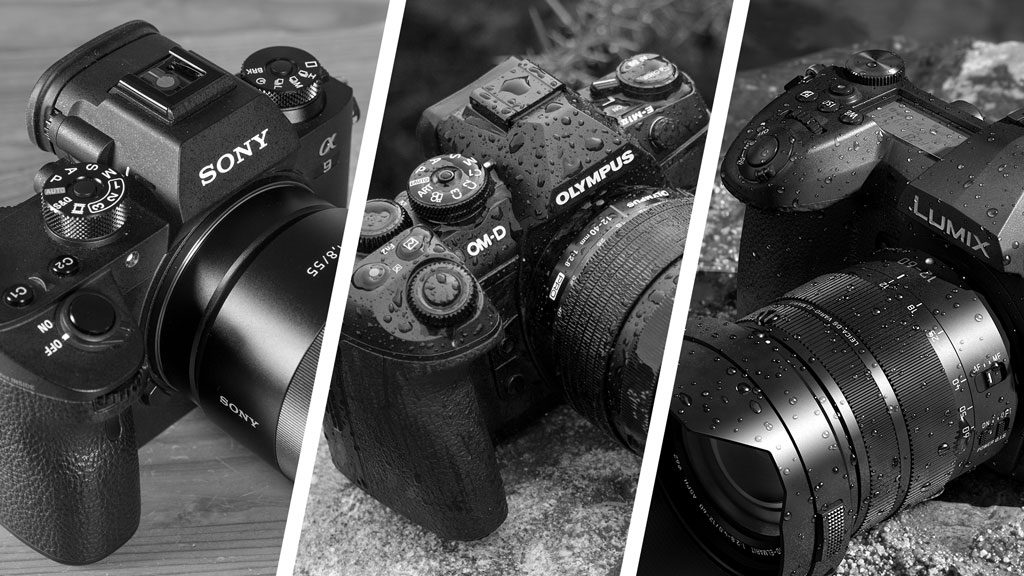
In-Depth:
Electronic Shutter Evolution
3. Continuous shooting and buffer
The Sony A9 can shoot up to 20fps with the electronic shutter and continuous autofocus. The other speeds available are 10fps and 5fps. The latter corresponds to the maximum speed the A7 mark II can reach which means that the A9 is four times faster.
Another strength of the new camera is the uninterrupted live view: when shooting with the electronic shutter in continuous mode, you get live view on the EVF or LCD screen. This means no blackouts and a real time view of your subject rather than the last image taken, which always introduces a delay between what’s happening and what are you seeing.
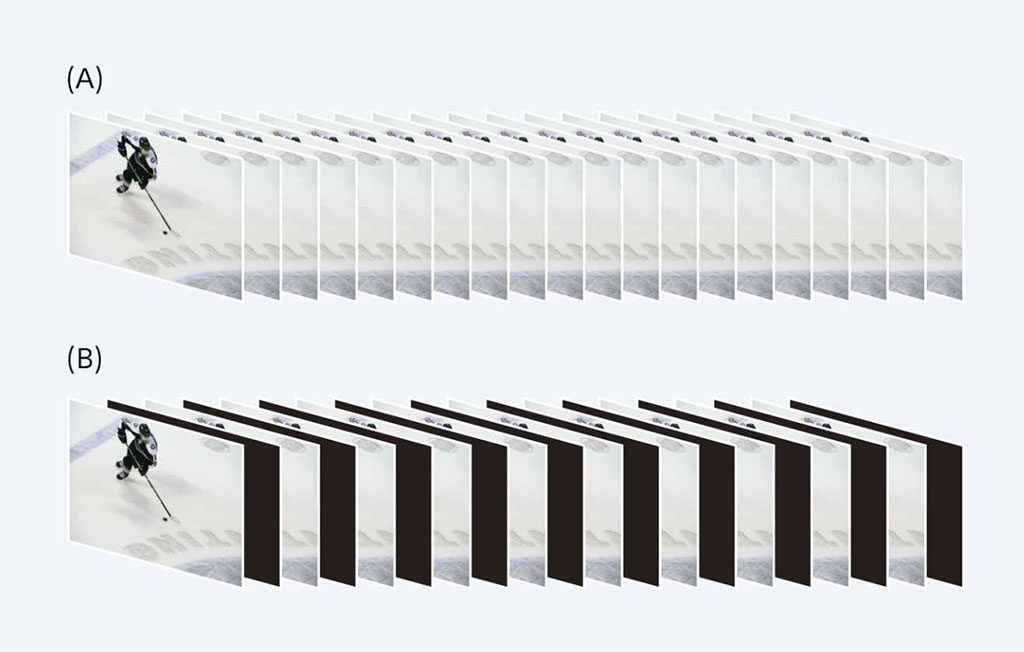
(B) Shooting with blackout
The A9 comes with better buffer capabilities thanks to the stacked memory: it can process up to 362 JPGs (X.Fine or Fine quality) or 241 RAW images (compressed) at full speed. The A7 II on the other hand can deal with a maximum of 52 JPGs or 28 compressed RAW files.
4. Autofocus
The two cameras have a hybrid autofocus system with contrast and phase detection points that somehow represent the before and after in the history of the full-frame E-mount system.
The A7 mark II is based on the original AF system introduced with the original A7 but received a few tweaks to its algorithm to make it 30% more efficient in comparison to its predecessor. It features 117 phase and 25 contrast detection points. The minimum sensitivity is -1Ev.
The A9 introduces the most advanced AF system to date from Sony with 693 phase detection points that cover 93% of the sensor. It is more than 25% faster than previous A7 cameras (2nd generation) and has a calculation speed of 60 times per second. The minimum sensitivity in low light is -3Ev.

The A9 includes other improvements and settings such as a 30% more efficient Eye AF mode and a new Focus Area registration function that allows you to switch between your most used area settings via a custom button.
Finally the on-sensor PDAF on both cameras is compatible with A-mount and other DSLR lenses (a compatible adapter is required).
5. Image stabilisation (5-axis)
The A7 mark II was the first Sony full-frame mirrorless camera to feature 5-axis sensor stabilisation. It works with all Sony or third-party E-mount lenses that have electronic contacts, as well as adapted lenses with electronic contacts as long as the adapter is compatible. With OSS lenses, the optical stabilisation is combined with three axes on the sensor (Pitch, Yaw and Roll). The A7 II can compensate up to 4.5 stops by CIPA standards. In my experience, I managed good results down to 1/2s but pushing it further proved a challenge.
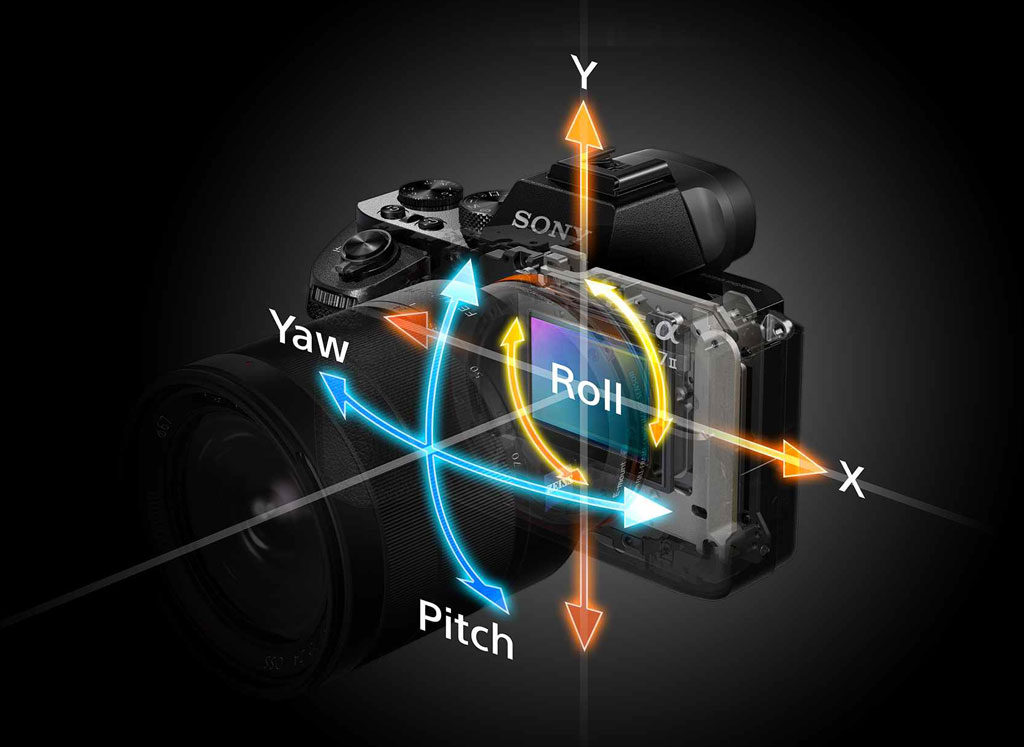
The A9 improves the performance a little with a 5-stop compensation rating. Of course we have yet to see how good the new camera is in comparison to the A7 II and other 5-axis capable Sony cameras.
6. Video capabilities
Here comes another relevant difference between the two cameras. When the A7 II was released, 4K wasn’t yet commonplace on Sony digital cameras (but that changed six months later with the A7r II and then the A7s II). The best quality you can find is 1080p at 50mbps and 50 or 60fps with the XAVC S codec. Honestly the quality is decent but not great: there is aliasing and moiré due to line skipping. Sony did include interesting settings for videomakers like timecode, picture profiles and S-log2 but as soon as the other A7 4K cameras came out, I quickly forgot about the movie capabilities of the A7 mark II.
The A9, on the other hand, naturally includes 4K recording up to 30fps and 100mbps (XAVC S) and it does it without a sensor crop. It uses the equivalent of 6K resolution on the sensor with full pixel readout and downscales the signal to 4K which is a similar process used on other Sony cameras like the a6300 or a6500. The ISO range goes up to 51200 and can be expanded to 102400 ISO.
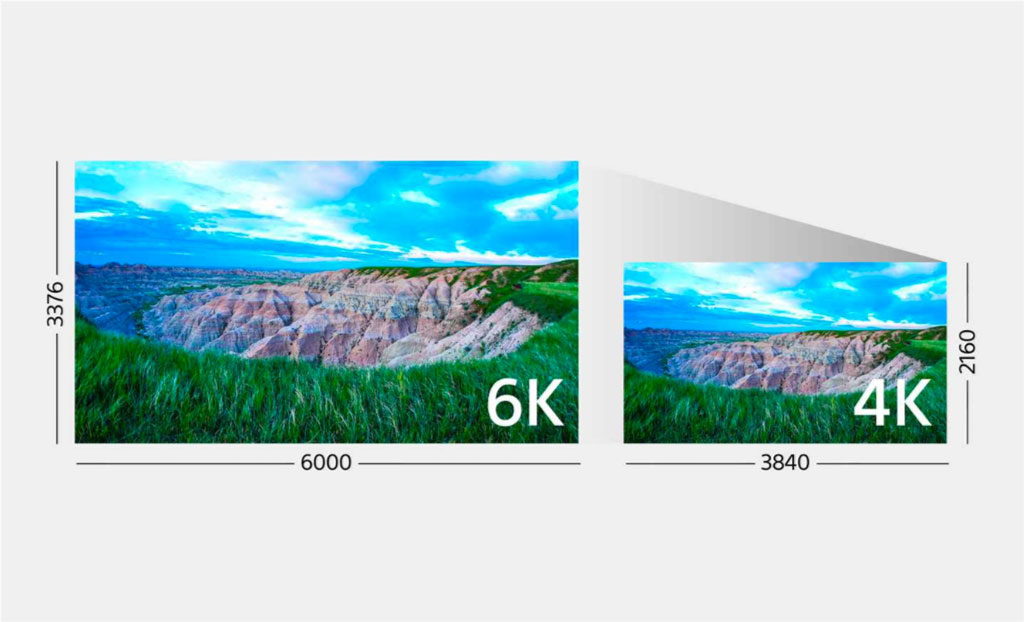
The A9 has better slow motion capabilities with 1080p up to 100fps or 120fps (PAL or NTSC mode). It works via the S&Q mode that allows you to select frame rates from 1fps to 120fps, which means you can also record quick motion. The A7 II can record up to 60fps in 1080p and doesn’t have the Quick mode.
Though the A9 seems superior in many ways to the A7 II, there is one thing missing and it comes as quite a surprise: there are no picture profiles (the ones specifically designed for video and inherited from Sony’s pro camcorders) and no S-log2 or S-log3 modes. This curious decision goes in contrast with what Sony has been doing so far: giving these pro settings to most of its 4K cameras including the RX100 and RX10 series. Perhaps a firmware update will fix this? I hope so!
7. Viewfinder and rear monitor
Both cameras feature a 0.5-inch type electronic viewfinder but all the most important specifications differ.
The A9 uses a high resolution OLED panel with 3686k dots. The magnification is 0.78x and the lenses include Zeiss T* coating for better sharpness at the edges. The refresh rate can be increased to 120fps (but drops to 60fps in continuous shooting mode). The A7 mark II has a 2360k dot OLED viewfinder with a maximum frame rate of 60fps. The magnification is 0.71x.
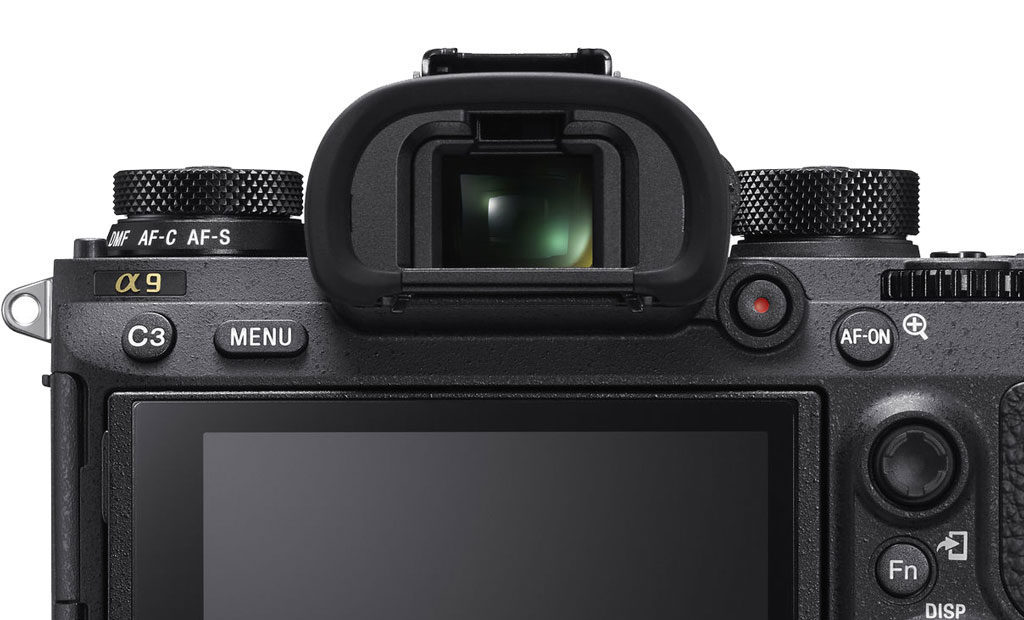
The A9’s rear monitor is also different. Not only does it have more resolution (1440k vs 1228k dots) but, unlike the A7 II, it is touch sensitive and allows you to move the AF points for stills and video.
8. Body and design
Sony decided to give the same design as the second generation A7 cameras to the A9. The two models look very similar when it comes to shape and size. The new flagship is heavier (673g vs 599g) and a few millimetres deeper but otherwise the dimensions are similar. They feature weather sealing (dust and moisture) but lack freeze proofing. The grip of the A9 is slightly more prominent which should improve usage with larger and heavier lenses. You can also notice more screws on the metal mount of the A9 (6 vs 4 on the A7 II).
A major improvement on the A9 is the dial and button layout. There is a new stacked twin dial for the AF mode and Drive settings on top and an AF Joystick on the rear. The shooting mode dial loses the Scene and Panorama modes in favour of three memory recalls and the S&Q movie mode. The buttons on the A9 have more depth as well.
On the back the control wheel has been slightly re-designed and the AF-MF/AEL lever has been replaced by two separate buttons (AF-ON and AEL) that can be customised. The video recording button has been placed near the EVF rather than on the exterior part of the thumb grip like on the A7 II (a position I never really liked).
9. Interface, memory card slot and menu system
The A9 features additional connection ports for LAN/Ethernet and flash sync. The former allows you to connect the camera to an FTP server to upload the images directly.
Both cameras share a Multi/Micro USB 2.0 port, a Micro HDMI with 4:2:2 8-bit output, a microphone input and a headphone jack. They feature NFC and Wifi but only the A9 has bluetooth to record location information via the mobile app.
Advanced users will certainly appreciate the dual SD card slot of the A9. One slot is compatible with UHS-II cards while on the A7 mark II, there is only one UHS-I slot.
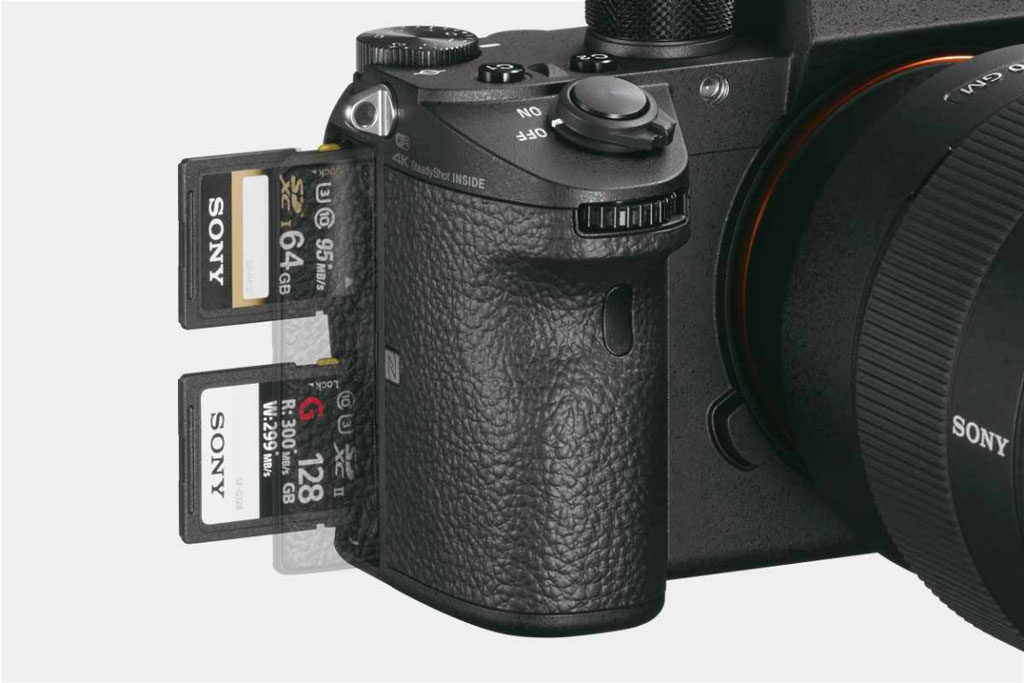
The A9 inherits the upgraded version of the menu system first seen on the A6500 as well as a new My Menu page where you can save your favourite settings for instant recall.
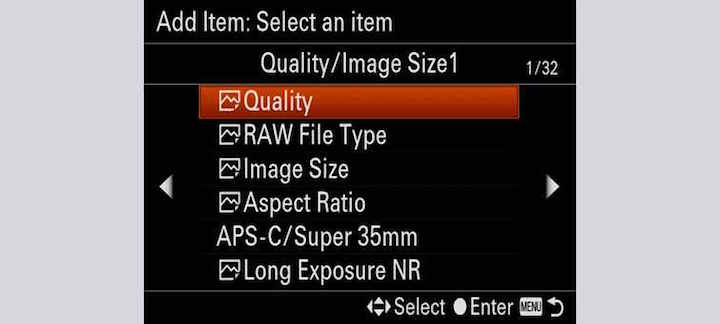
10. Battery
Another relevant improvement introduced with the A9 is battery life. Sony has been using the old NP-FW50 for most of its mirrorless cameras (A7 and a6000 series) which has the advantage of being smaller and the disadvantage of draining quickly. The new NP-FZ100 is larger and has double the capacity of the NP-FW50.
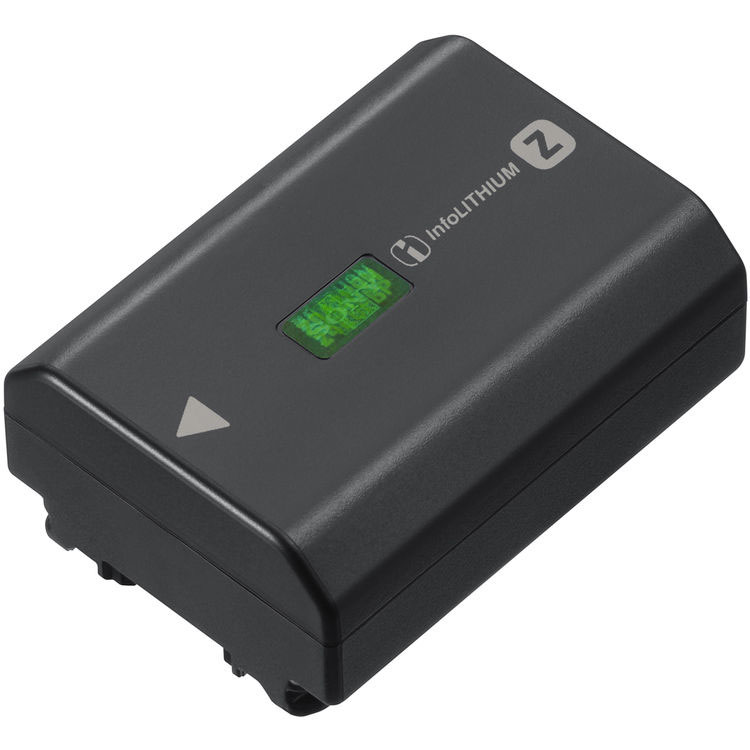
Sony states that the new battery can capture 480 shots when using the viewfinder and 650 shots when using the LCD monitor. The A7 II can manage up to 350 shots. Now remember that these are just ratings based on CIPA standards and most of the time you can do more with a single charge. Continuous video recording should also improve.

Both cameras can be charged via USB which is a good thing and have an optional battery grip that can house two batteries.
Conclusion
It is obvious that the target user of these two cameras is very different. The A7 mark II was released more than two years ago and aims at enthusiast photographers who want a compact full-frame body. The camera can be found for less than $1600 today which is a good price for the features it has to offer, although more demanding users could complain about the lack of 4K video.
With the A9, the goal is clear: to win the hearts of sports photographers and challenge products like the Nikon D5 or Canon 1DX II with its small design and uninterrupted live view without blackouts. It’s an uphill battle the camera can win only if the rolling shutter issues have been resolved and the autofocus performance is as good as Sony claims.
As for this specific comparison, the A9 is superior in many ways to the A7 II and the retail price of $4500 certainly backs that. The various differences we’ve seen – especially the price which is three times higher – should help you make up your mind fairly easily.
Check price of the Sony A9 on
Amazon | Amazon UK | B&H Photo | eBay
Check price of the Sony A7 II on
Amazon | Amazon UK | B&H Photo | eBay
Second-hand Sony cameras on
MPB US | MPB UK

